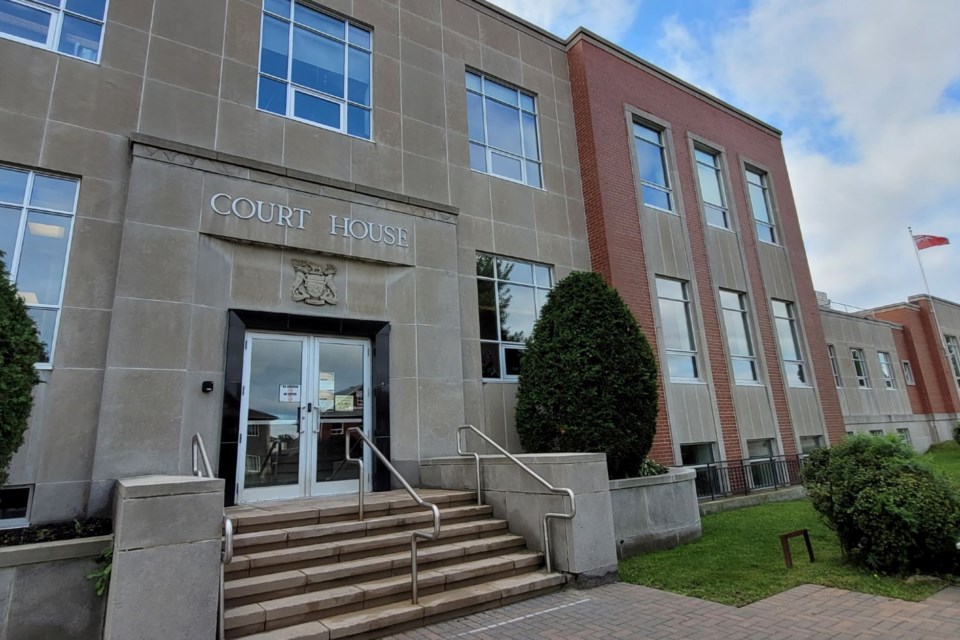Liam Stinson has been found guilty of three counts of first-degree murder and one count of arson causing bodily harm for a 2021 fire on Bruce Avenue in the city’s Flour Mill neighbourhood that killed three people.
He has been in custody since he was arrested on April 20, 2021, and will have his sentencing date set in assignment court on May 21.
Stinson was convicted for his role in a April 11, 2021, fatal fire that took the lives of three people and severely injured another. The jury has found that Stinson planned the murder, and enlisted two people to throw Molotov cocktails into the home of his estranged partner, Jamie-Lynn Rose, killing Rose, Guy “Popcorn” Henri and Jasmine Somers, as well as injuring David Cheff.
The courtroom of about 100 people listened intently as the jury read their verdict. This week, Stinson, through his lawyers Joseph Wilkinson and Liam Thompson, admitted to the arson causing bodily harm and to manslaughter.
Though Stinson pleaded not guilty to three counts of first-degree murder in the deaths of Rose, Henri and Somers, Stinson’s lawyers argued Stinson was only an “abetter” meaning he encouraged the two people who set the fire, rather than directed them. The defence invited the jury to find Stinson guilty, but of the lesser manslaughter, which would come with a shorter sentence.
In his May 2 jury charge, Justice R. Dan Cornell told the jurors to consider first whether Stinson had a state of mind (mens rea) to commit murder. Mens rea allows the criminal justice system to differentiate between someone who did not mean to commit a crime and someone who intentionally set out to commit a crime. Cornell explained in his final charge that the jury must decide on whether Stinson was in a state of intoxication that would affect his ability to plan and deliberate (consciously and intentionally consider) the crime.
The defence suggested there was evidence to suggest the arson was the result of excessive drug use and that Stinson did not and was not capable of forming the intention to harm or kill anyone. Cornell said if the jury accepted that evidence, they should find Stinson guilty of manslaughter but not murder.
The Crown's theory, built for the jury over the course of six weeks, is that the fire was the result of Stinson's anger and frustration with his estranged partner Rose, and that’s why he planned a deliberate act against her.
They had a relationship described as “toxic” by one of the witnesses. Stinson believed Rose had stolen drugs from him on at least two occasions, and Rose left Stinson’s home several times over the course of their relationship, including the night of the fire.
On April 11, 2021, Rose was staying at the home of her friend David Cheff, whose home was firebombed by Witness 1 and Witness 2. The Crown’s theory is that Stinson directed Witness 1 and Witness 2 to start the fire at the Bruce Avenue townhouse, promising drugs in return.
The case faced several delays due to legal wranglings protected under a voir-dire publication ban that is lifted now that the jury has reached a verdict. Sudbury.com will follow up with that story at a later date.
Jenny Lamothe is a reporter with Sudbury.com
